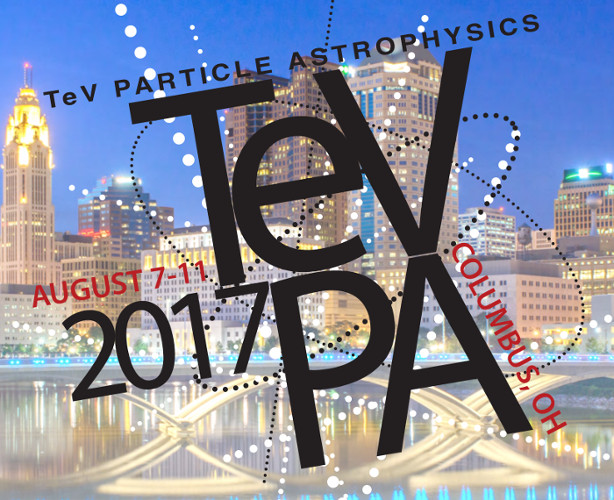Speaker
Description
The interpretation of dark matter direct detection results is complicated due to the unknown distribution of dark matter in our local neighborhood. Astrophysical uncertainties in the dark matter distribution are a major barrier preventing a precise determination of the properties of the dark matter particle. High resolution cosmological simulations of galaxy formation including baryons have recently become possible, and provide important information on the properties of the dark matter halo. I will discuss the local dark matter density and velocity distribution of Milky Way-like galaxies obtained from recent hydrodynamical simulations. In particular I will discuss the effect of baryons on the dark matter velocity distribution, the prevalence of dark disks, and implications for dark matter direct detection.

